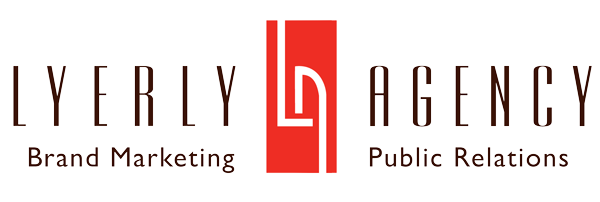As posted in The Gaston Gazette:
(8/31/14) BELMONT, N.C. – A powerful tagline is one of the best tools you can have in your public relations and marketing toolbox. When done well, a tagline conveys what you stand for, connects with your customers, gets you noticed, and it can even change how you are perceived in the marketplace.
In other words, a really great tagline can, in just a few words, do a ton of heavy lifting for you. But how do you develop a real gem?
Creating a tagline that carries a lot of bang for its buck may look easy, but it takes both market knowledge and creative finesse. In our experience, effective taglines do these five things:
- They make a claim. German car company BMW and Ringling Bros. and Barnum & Bailey Circus have something in common: They both have taglines that make powerful claims based on the company’s reputation, and they offer a clear benefit to customers. BMW’s claim that is makes “The Ultimate Driving Machine” suggests that customers buying a BMW are purchasing the best car on the road. Their claim is backed up by consistently strong ratings from U.S. News and World Report – its 2014 3-series is currently ranked number three in upscale midsize cars. Similarly, Ringling Bros. has long called itself “The Greatest Show on Earth,” which suggests that customers will benefit by witnessing the world’s greatest show. Bloggers and reviewers often reinforce this tagline in their articles about the show. Both taglines are centered on reputations and products that are supported by experience and quality, and both can effectively motivate customers to buy their products.
- They are usable. Nike’s “Just Do It” tagline is effective for many reasons, not the least of which is its easy adaptability to a multitude of creative concepts. The company brought this campaign to life in 1988 in an ad featuring 80-year-old Walt Stack, who talked about running 17 miles a day. That campaign has had a life span of more than 25 years. Over time, it has asked customers, among other things, to run marathons, box, and to try golf like Tiger Woods. Each time it has been reinvented, it has illustrated its durability and its applicability. Those lone three words have proven to have extensive life and compelling meaning both for the company and its customers.
- They are memorable. When DeBeers premiered its new tagline in 1948, it hit a home run: The new “a diamond is forever” campaign was simple and brief, and, according to The New York Times, it also tapped into something equally important – sentiment. This tagline was memorable in great part because of its use of the word “forever.” When used in conjunction with the diamond, engagement rings transformed in the public eye from a waste of money into a pre-wedding requirement, romanticized by the notion of representing infinite longevity. It’s a testament to the tagline’s effectiveness that not only did it transform society’s impression of the diamond in post-World War II America, but it continues to do so today.
- They ring true. In 1954, Mars premiered its first ad for M&M’S using a new tagline. The ad showed Mr. Plain and Mr. Peanut jumping into a pool of chocolate and then getting a shower that gives them their candy shell. The tagline the advertisement used, “melts in your mouth, not in your hand,” was both straightforward and true. The company chose to highlight not the quality or taste of its chocolate, but instead what they believed made it the better overall choice – namely, that you could eat it anywhere and you wouldn’t have to worry about messy fingers. The simple truth of the statement proved to be marketing gold for the company.
- They set your company apart. Apple’s “Think Different” tagline, which premiered in 1997, was a perfect fit for the company for a number of reasons. According to Forbes, when the advertising agency paired the tagline with simple images of Thomas Edison and Ghandi, Steve Jobs jumped at the idea. Jobs recognized that the campaign highlighted what creative individuals across the country already knew: Apple computers were very different than the other computers on the market. They were innovative, unique, and they were breaking the mold of the personal computer. It didn’t hurt, either, that the campaign was a takeoff of IBM’s “Think” campaign and that it established a quick and memorable distinction between what was at the time the best-selling home computer.
It’s clear that some of the country’s most successful companies have put a great deal of work into developing their taglines, and so should you. When done right, a tagline can articulate a believable, unique, and compelling brand promise that can become the foundation for all of your communication materials.
Elaine and Melia Lyerly share their 35+ years of marketing, advertising, public relations and brand strategy experience with readers each month in a column published by The Gaston Gazette. See this month’s edition at http://bit.ly/113ut4L.
